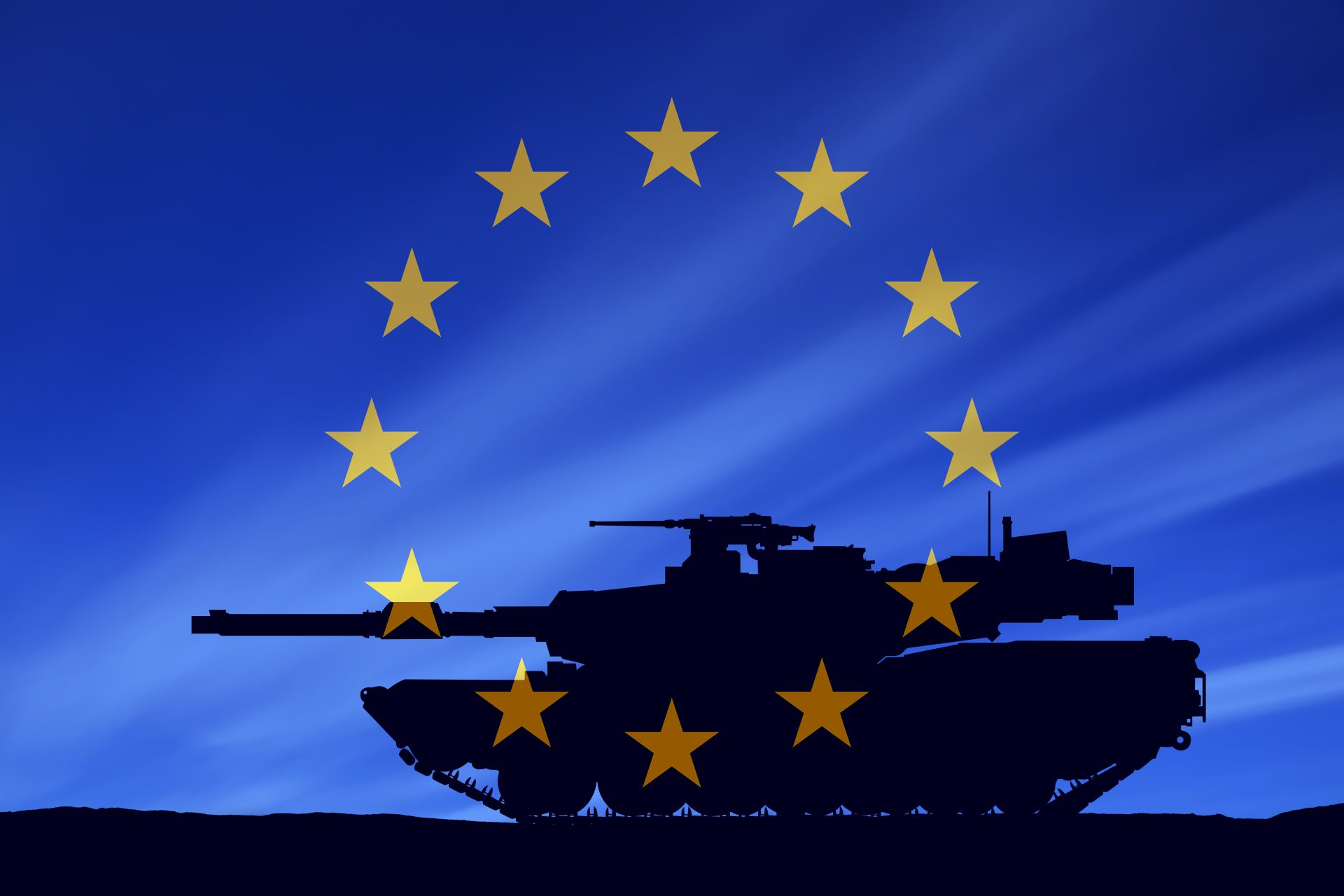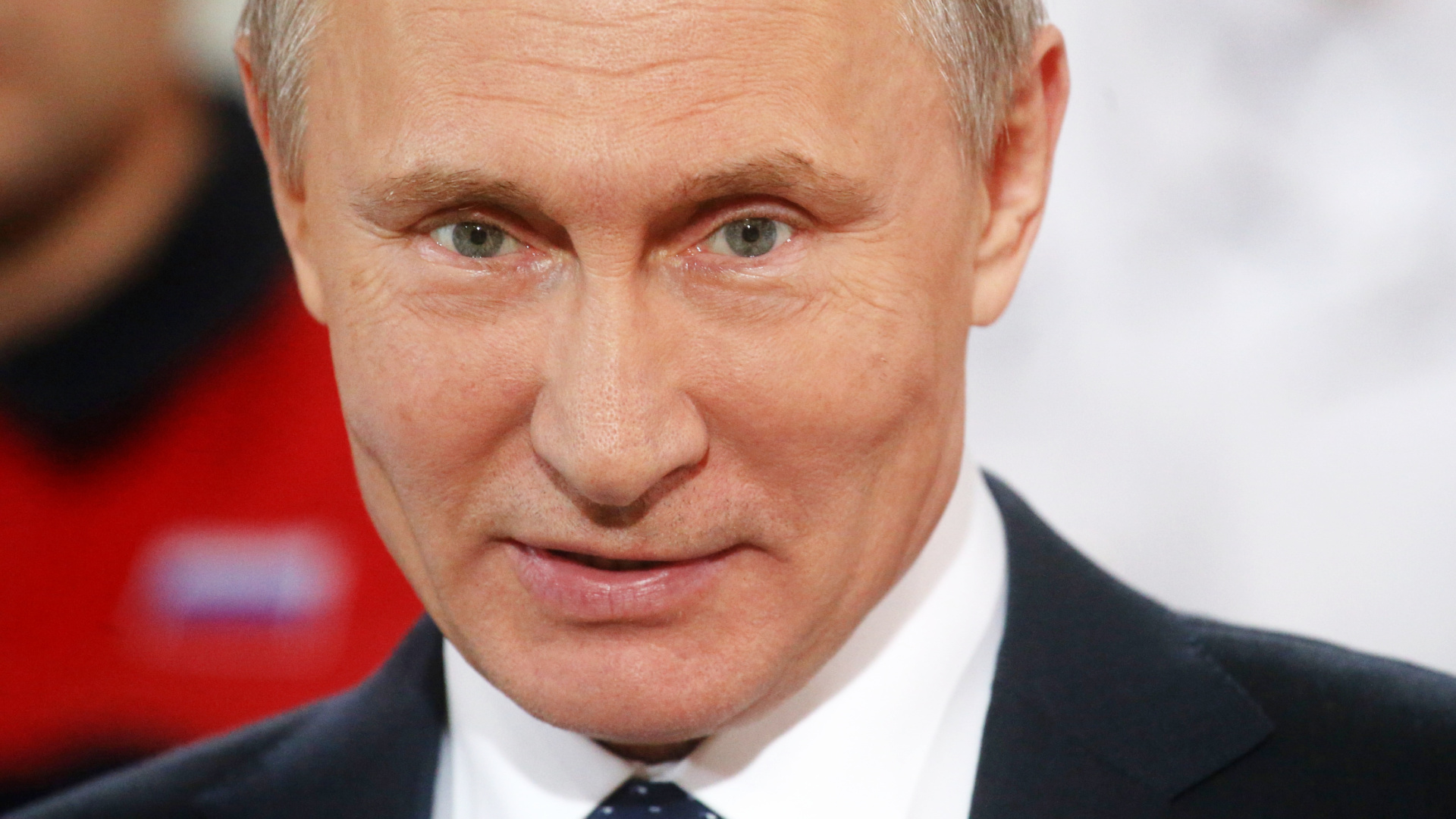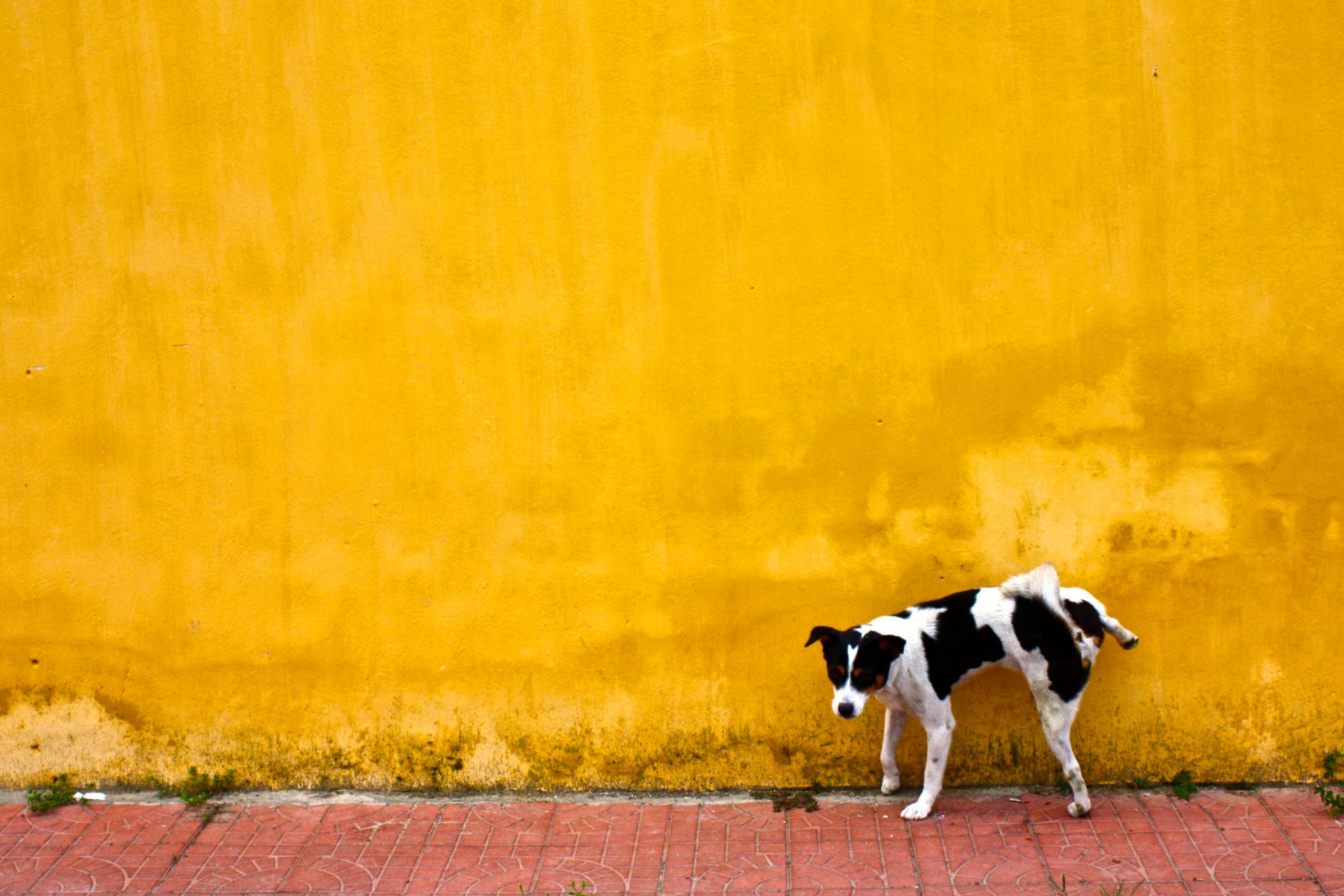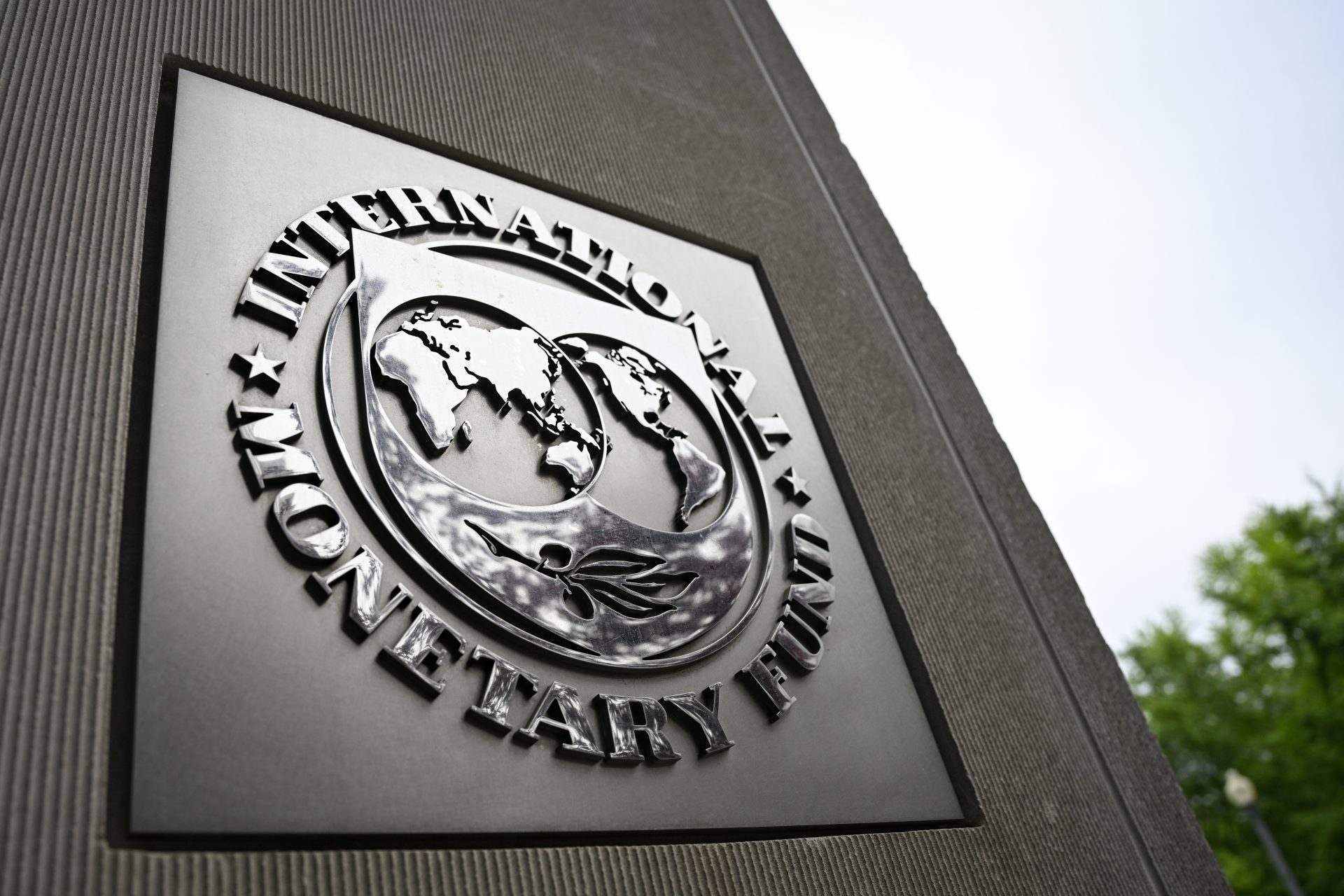First deaths in European Union due to monkeypox reported in Spain
In Africa monkeypox had been known to take lives, and now that the virus has spread around the world, it is claiming the lives of people outside of the continent.
The first country outside of Africa to report a monkeypox death was Brazil on the 29th of July, when a 41-year-old man died due to the virus.
Not long after the ministry of health in Spain announced the death of two young men, without previous health conditions, due to monkeypox.
The victims died due to encephalitis which is sometimes brought on by the monkeypox virus and the results can be lethal.
Following a worldwide upsurge in cases, the World Health Organization has given the monkeypox outbreak the highest alert they can issue and declared a global health emergency.
With over 16,000 cases reported in 75 countries according to Dr. Tedros Adhanom Ghebreyesus, the status of global health emergency was assigned following the second WHO emergency committee meeting on the virus.
Given the rate that monkeypox has spread around the globe, Dr. Tedros felt that it was a matter of international concern and that not enough is known about how the disease is spread.
At the moment, Dr. Tedros said that the risk of monkeypox is moderate in all regions around the world except for Europe, which WHO has deemed a high-risk region.
Many may feel alarmed by monkeypox being declared a global health emergency. However, by doing so, the WHO hopes to accelerate the development of vaccines and measures that will limit the virus's spread. "This is an outbreak that can be stopped with the right strategies in the right groups," Dr. Tedros said.
The World Health Organization made a call for "urgent" action to prevent the spread of monkeypox in Europe on July 1 when cases tripled in just two weeks.
WHO Regional Director for Europe, Hans Henri Kluge (pictured), said, "Today, I am intensifying my call for governments and civil society to scale up efforts... to prevent monkeypox from establishing itself across a growing geographical area."
Kluge went on to say, "Urgent and coordinated action is imperative if we are to turn a corner in the race to reverse the ongoing spread of this disease."
In early May, monkeypox cases were reported outside West and Central African countries where the disease is endemic. Unfortunately for Europeans, 90% of all confirmed cases registered worldwide are in Europe, according to Mr. Kluge.
The monkeypox threat all started in May when up to ten confirmed cases of monkeypox were detected in humans in Europe. The UK first reported an outbreak of seven people infected, and other countries such as Portugal or Spain also began to see cases appear.
It is a disease caused by a virus that was previously found only in African jungles and it is not yet known how the virus got from Africa to Europe.
According to the World Health Organization it isn't clear how the virus spread outside of Africa: "Epidemiological investigations are ongoing, however, reported cases thus far have no established travel links to endemic areas."
Initially, most monkeypox infections were observed in men who have sex with men, of young age and chiefly in urban areas, according to the WHO. However, this can change at anytime and in fact the World Health Organization is worried about the infection spreading to pregnant women and children.
According to the BBC in May, British health authorities confirmed new cases in London and the north-east England. However, since then 104 additional cases have been detected throughout the UK.
What are the symptoms of this so-called monkeypox in humans? Apparently, it's a disease with symptoms similar to common smallpox, but a little milder.
Fever, headache, muscle aches and chills are early warning signs of a possible human case of monkeypox.
"The main difference between the symptoms of human smallpox and monkeypox," says Raúl Rivas, a microbiologist at the University of Salamanca, in an article published in The Conversation, "is that in the latter the lymph nodes swell, while in the former the lymph nodes do not."
The article in The Conversation states that the incubation period for this type of smallpox "is usually seven to fourteen days. But it can "shorten to five days and lengthen to 21 days."
In addition to fever and muscle aches, monkeypox produced rashes on the face, hands, and feet that changed over time until they crusted and fell off.
And how does the virus spread? According to a BBC article, it is not a virus that can be easily transmitted from person to person. So it is quite different from Covid. However, special care should be taken when in direct contact with a person infected with monkeypox.
According to the BBC, "The virus can be spread through contact with clothing, towels, or bedding from people with a monkeypox rash."
It can also be spread through touching blisters or scabs on the skin of an unprotected infected person. Or through someone coughing or sneezing the virus, as reported by the BBC.
What about mortality from this virus? It appears that monkeypox does not have a high mortality rate among those infected.
Nigeria serves as an example. According to the World Health Organization, up to 241 cases have been confirmed between 2017 and April 2022 in Nigeria, one of the countries hardest hit by the virus.
Of these more than two hundred cases, only eight ended in the death of the patient.
However, the European health authorities emphasize the need to consult a doctor in case of suspicion or symptoms compatible with those described above in order to rule out or confirm an infection.
What treatment should be given in case of infection, and is there a vaccine against monkeypox? As the WHO reports, there is currently neither an antidote nor a specific vaccine against this infection.
However, there is an antiviral smallpox vaccine that has shown 85% effectiveness in preventing the disease. An injection that does not completely stop the disease but has been shown to mitigate it and resolve it within two to three weeks in most cases.
Monkeypox is a disease whose first confirmed human case dates back to 1970 in Bokenda, a village in the Democratic Republic of the Congo.
The first child infected was a nine-month-old boy admitted to Basankusu Hospital with a clinical picture similar to that of monkeys infected with the smallpox virus. "A sample sent to the WHO reference center for smallpox in Moscow," reads the article in The Conversation, "showed that the symptoms were caused by this virus."
Since then, the disease has spread mainly on the African continent and only reaches Europe via people who have previously traveled to endemic areas. However, we could now be faced with community transmission.
Before these cases in Spain, Great Britain and Portugal, an outbreak was reported in the United States in 2003 affecting more than 30 people and was thought to have been caused by importing exotic pets.
It's time to be vigilant and take precautions. Another disease that jumps from animals to humans (as was the case with Covid) is threatening us.
More for you
Top Stories


















































